As homes become more condensed, an English garden may be the perfect solution to a homeowner’s planting needs.
Twenty years ago, we moved into a small, two-story, three-bedroom house in the suburbs. The front yard consisted of a large driveway leading to the garage, a path to the front porch, and a small ground space covered in weedy grass. With more and more houses being built on smaller and smaller lots, it’s a wonder there’s room anywhere for a garden, or for that matter a lawn.
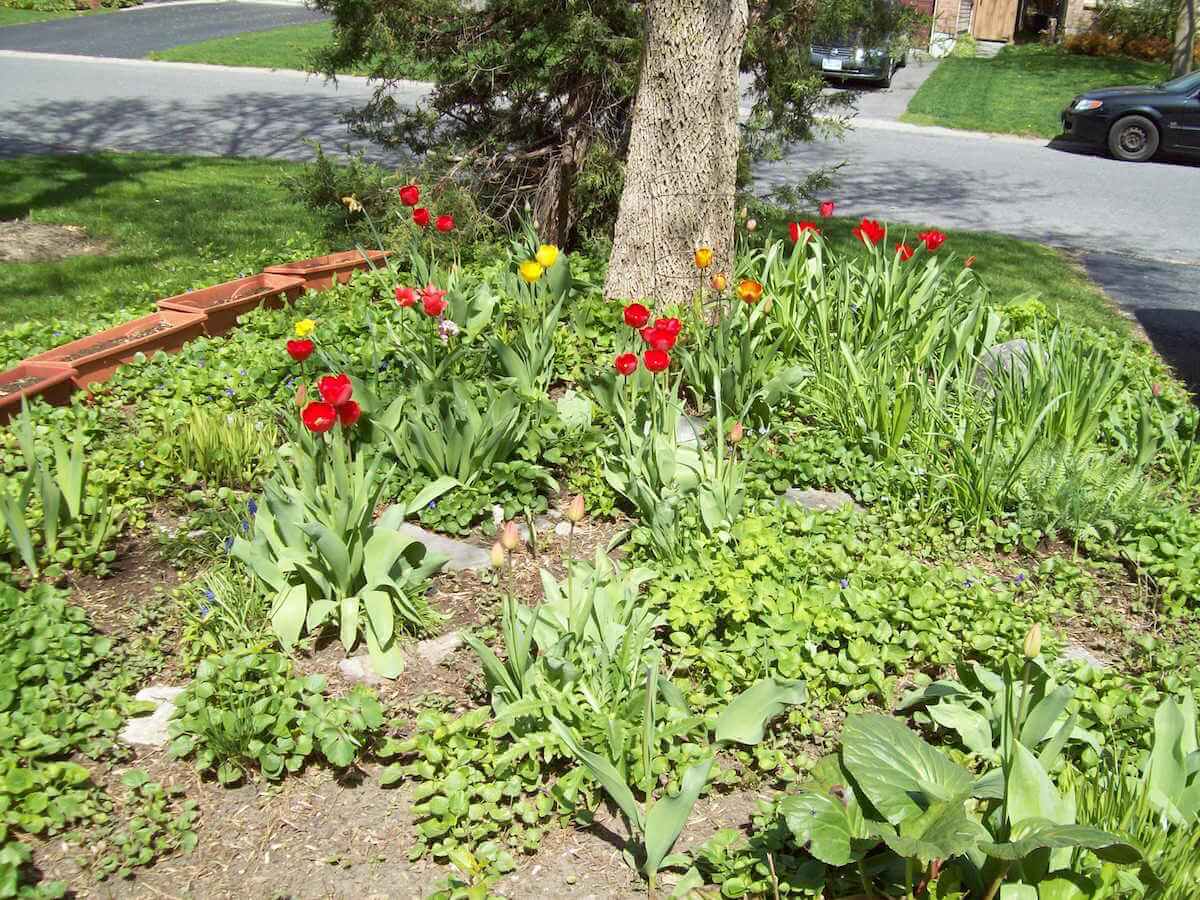
The first year in the house didn’t allow for much time in the garden. As I walked the neighborhood, I discovered some ingenious ways to fill the front yard with something more interesting and colorful than grass.
I should have known, with my English ancestry and my many visits to England, that small spaces could easily be filled by an English garden with all kinds of colorful flowers that would attract birds, hummingbirds, and butterflies. The English garden would also soothe the eye and eliminate the need for a weekly grass cut. I was instantly sold on the idea.
The second spring in the new home, I started digging up the front lawn.
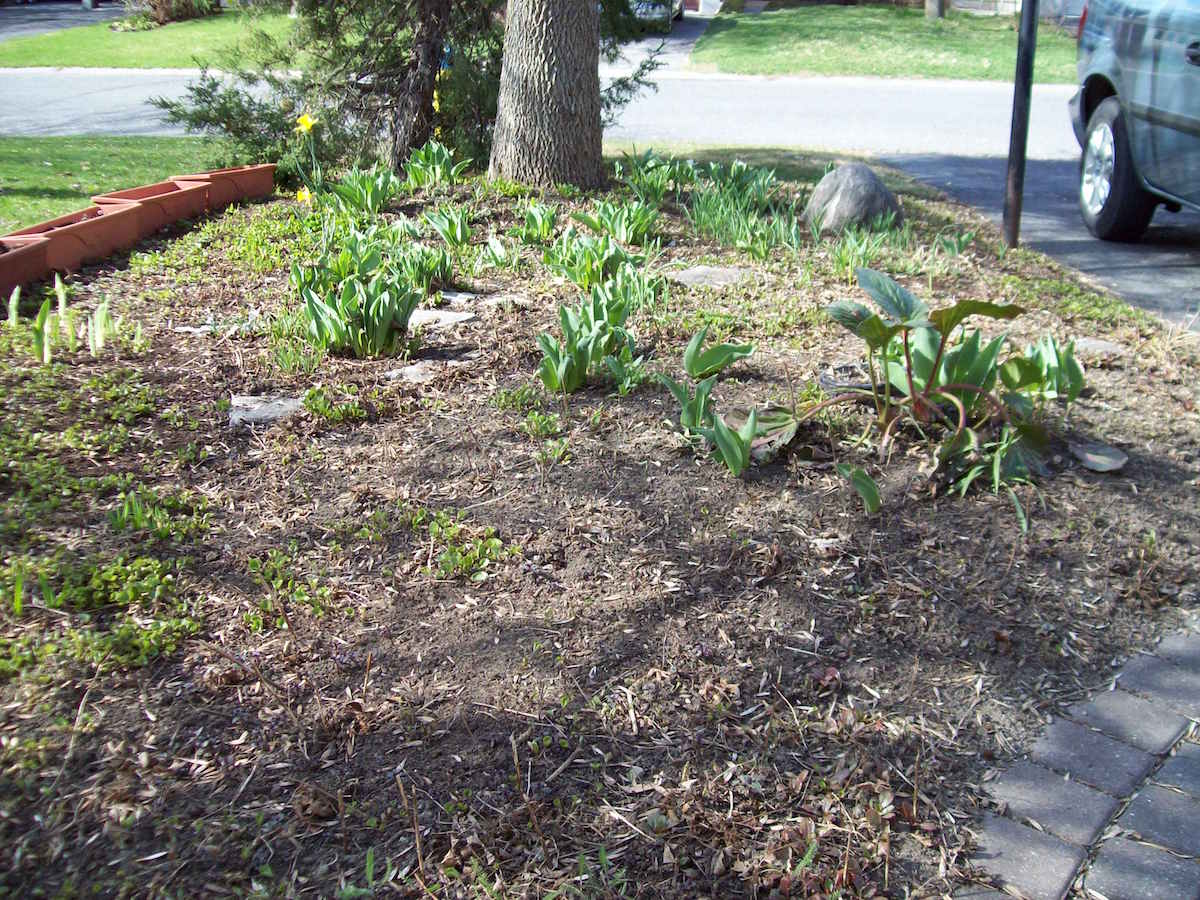
As I dug, the neighbors glared and grumbled. The neighbor’s front lawn, their pride and joy, bordered on ours and I guess they realized that whatever I planted would soon encroach on their space. Seeds do spread, after all.
I was unperturbed. I was developing my front yard, not theirs. In a feeble attempt to placate their concerns, I lined the property with planters, which I filled with impatiens. Harmless enough.
Related Post: Wattle Fence
My garden grew over the years until it was full of the usual perennials. Some of these perennials were bleeding hearts, black-eyed Susans, coral bells, hostas, irises, and lilies of all different size, shape, and color.
I also had annuals like marigolds and columbines that re-seeded themselves and prospered. There were carpets of crawling plants, my favorite being the delicate, blue forget-me-nots.
I was in my element, surrounded by my English garden and with hanging pots of fuchsia and geraniums gracing the front porch.
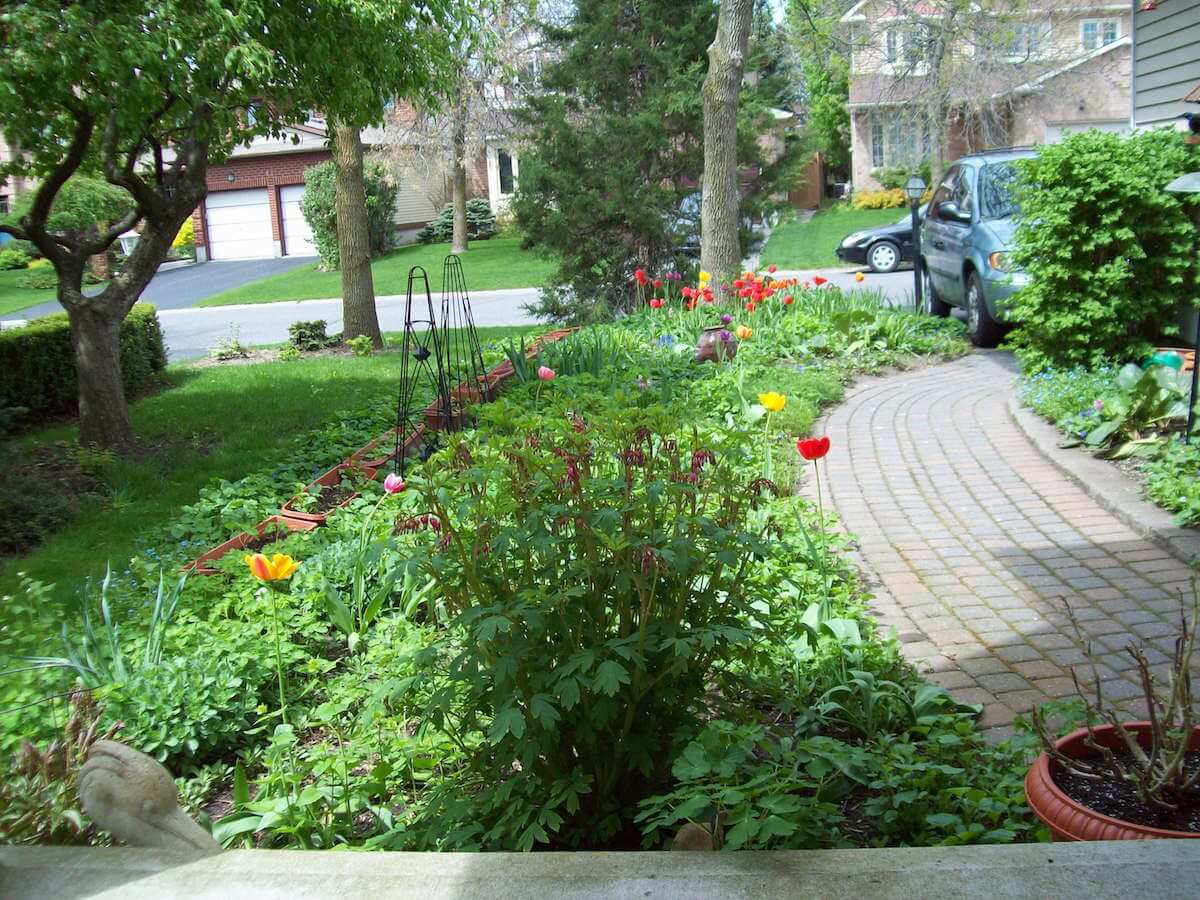
The neighborly grumbles increased, unfortunately, to the point where they no longer spoke a casual “hello.” Rather, they would position themselves at the end of their drive every spring and grumble very loudly to anyone that passed them on the road that our garden was polluting their lawn. Sad, but true.
It must have irked them to no end to have countless neighbors flock to the end of our drive and marvel at the wonderful display of color. Additionally, when the torrential rains hit, their lawn flooded, while my English garden just soaked up all the water. You see, grass has short roots that become easily saturated, whereas my garden was full of deeper-rooted plants that relished a good, heavy rainfall.
The question that was frequently posed regarded the maintenance of my garden. Many believe that the cleanup and weeding for an English garden is extensive. “It must be a lot of work,” I heard over and over again.
Since I covered my garden every autumn with the natural mulch of fallen leaves, spring required a big cleanup. I needed the leaves as a protective carpet, shielding my garden from winter’s salt-spraying snowplows.
As for the weeding? When the garden grew, weeds had less space to accumulate. After my initial spring cleanup, all I had to do was putter around to maintain the garden. This was definitely my type of gardening.
When award-winning author and artist Emily-Jane Hills Orford isn’t writing, creating collage paintings, working on her needlework or composing, you’ll find her in the garden. Even in the winter, gardening is not far from her thoughts as she plans and prepares for the next season and the next growing adventure. Using pressed flowers from her garden, this author/artist/composer, is gardening indoors with multi-faceted garden ideas re-created on canvas.


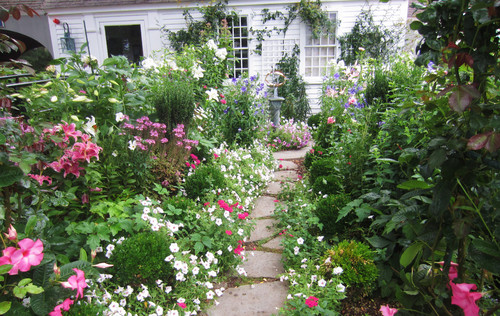





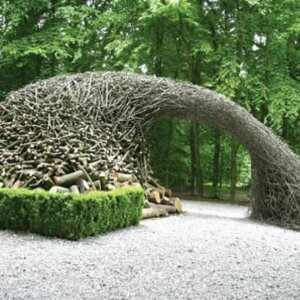


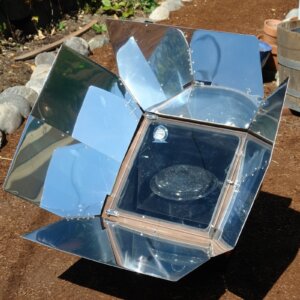
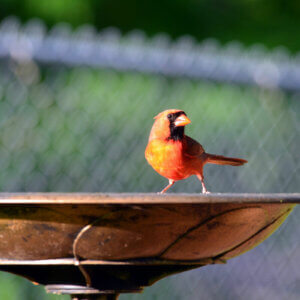
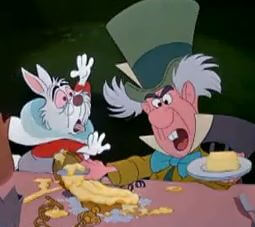
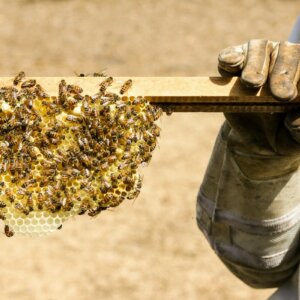



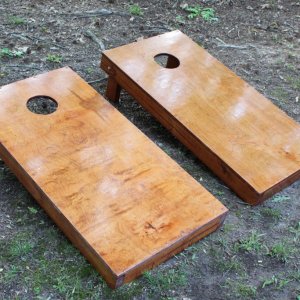
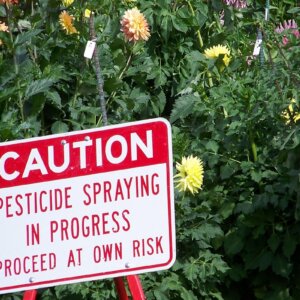


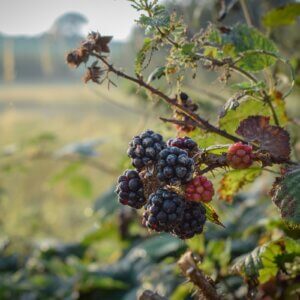


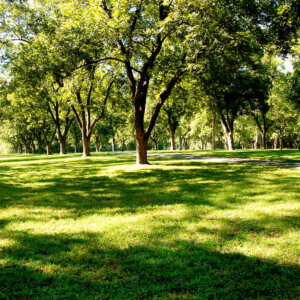
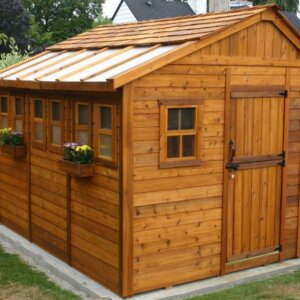
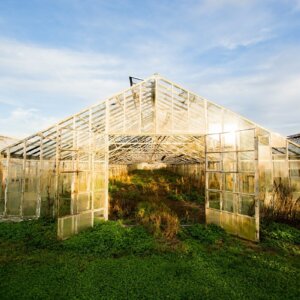
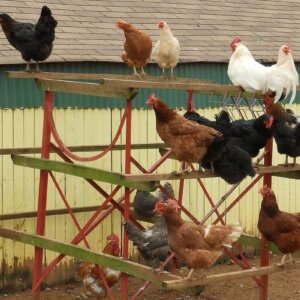



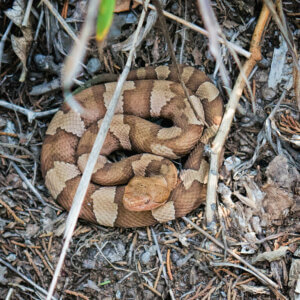




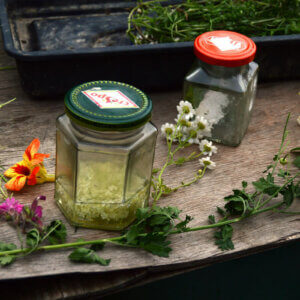




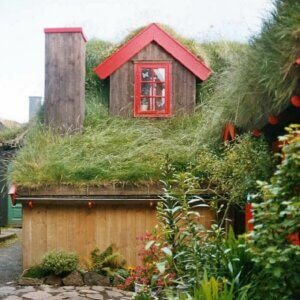
Leave a Reply